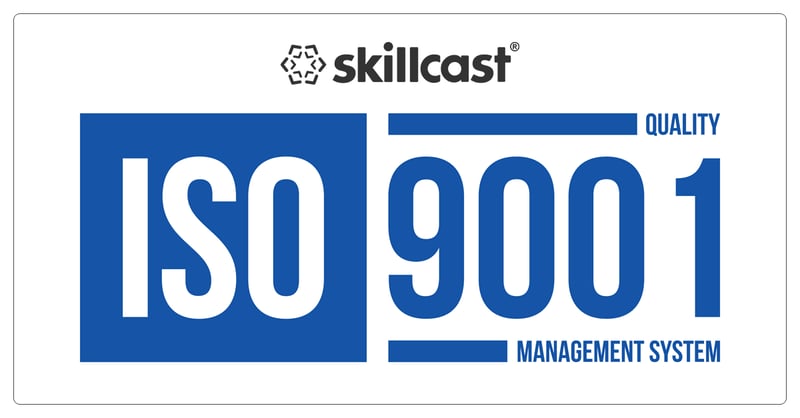With these statistics, no wonder experts say that customers who make complaints should be seen as a gift. Why? Because they are giving your company a unique opportunity to learn and put things right. Not just for them, but for future customers too.
How you deal with customer complaints can affect both your reputation and ultimately your bottom line, as these statistics show.
Key customer service statistics:
- Cutting customer defection rates by 5% can increase your profitability by 25-95%
- 53% of customers expect a response within the hour from a brand on Twitter
- Customer service can increase loyalty and influence future buying behaviour - consumers are willing to spend 17% more on companies with outstanding customer service
- UK businesses lose £37 billion a year because of poor customer service
Clearly, there is a huge financial incentive to getting it right. Here are our top tips.
Top tips for handling customer complaints
- Remember that customers who complain want three things - Firstly, to be listened to; second, to be treated with courtesy and respect, and lastly, to have their problem solved. Everything you do needs to address these needs.
- Have an open and welcoming policy on complaints - Show customers that you are receptive and truly care about their experience.
- Be realistic - Accept that as a company, you will get complaints at some point, even about things that are not directly within your control (eg unexpected or crisis events). It's how you handle them that matters.
- Make sure your team can recognise a complaint - Even if the word "complaint" is never used. Any dissatisfaction or displeasure in a product or service should be considered a complaint.
- Acknowledge all complaints quickly - Be responsive and act quickly to deal with complaints. Don't keep customers waiting on hold to talk to someone - this will just make matters worse and add to their frustration.
- Identify which type of customer you're dealing with - There are four types of complaining customer (e.g. aggressive, expressive, passive and constructive). Each needs to be dealt with in a slightly different way.
- Show customers you're listening - Use frequent verbal utterances ("Uh-huh" or "Go on") and back this up with good eye contact in face-to-face complaints.
- Give customers space to make their complaint - Don't argue back, dispute the facts, or get too emotional at this point. Customers have a problem with your company, not you, so don't take it personally. An apology (though not necessarily an admittance of guilt) can go a long way.
- Tell the customer exactly what you're going to do to help - Keep them informed throughout, and avoid passing them around other departments. If you have to do this, explain exactly who they'll talk to and why, giving them full contact details for follow up.
- Log all complaints - This creates an audit trail which is useful in legal cases and also enables you to learn from past mistakes and make improvements (i.e. the source of the complaint and also how the matter was handled).
Looking for more compliance insights?
If you'd like to stay up to date with best practices, industry insights and key trends across regulatory compliance, digital learning, EdTech and RegTech news subscribe to Skillcast Compliance Bulletin.
To help you navigate the compliance landscape we have collated searchable glossaries of key terms and definitions across complex topics including GDPR, Equality, Financial Crime and SMCR. We also track the biggest compliance fines, explaining what drives them and how to avoid them.
You can follow our ongoing YouGov research into compliance issues, attitudes and risk perceptions in the UK workplace through our Compliance Insights blogs.
Last but not least, we have 60+ free compliance training aids, including assessments, best practice guides, checklists, desk-aids, eBooks, games, handouts, posters, training presentations and even e-learning modules!
If you've any questions or concerns about compliance or e-learning, please get in touch.
We are happy to help!





